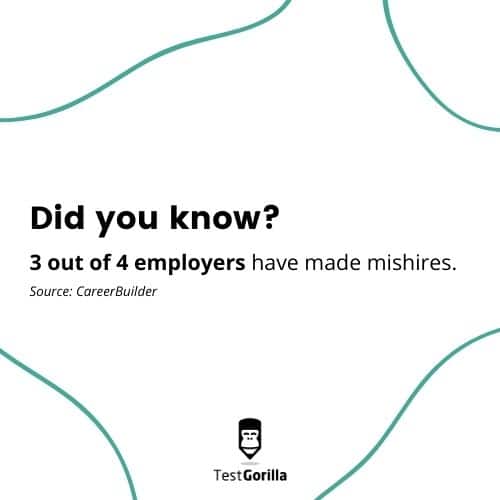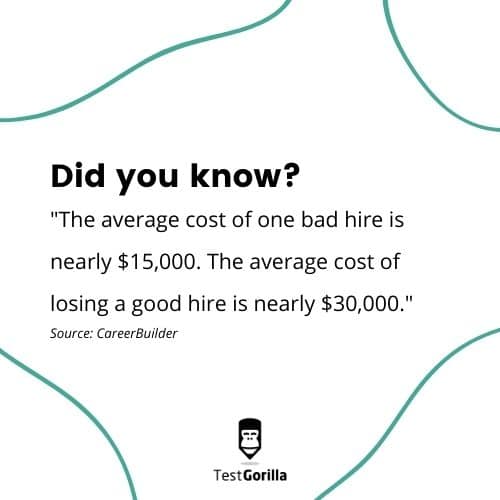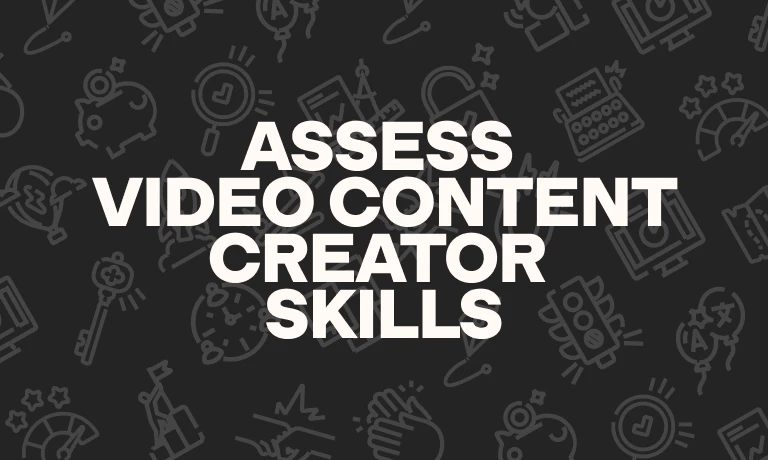Hiring tips from a Nobel laureate: how to make better hiring decisions
Table of contents
In 1955, a young lieutenant in the Israeli army was given a tall order: totally revamp the assessment process for new recruits. According to the lieutenant, at the time the process was “almost useless for predicting the future success of recruits.” So the army hoped that he could optimize the process to help them make better recruiting decisions in the future.
That young lieutenant is none other than Nobel Laureate and author of the profound Thinking, Fast and Slow, Daniel Kahneman. This article will explain how you can apply Kahneman’s insights to make better hiring decisions for your organization.
Be objective by standardizing your interviews
Kahneman’s first order of business was to change the interview process. The questions interviewers were using before the transformation were based on an intuitive, first-person “feeling” of what the candidate applying felt like to them.
If you want to assess candidates against a particular role, you need to give them the same opportunities to prove themselves.
To use a sports analogy again, you can’t have one person getting the questions for a “quarterback” and the other getting the “point-guard” questions. You need to evaluate them on the same scale using the same questions and the same categories. Otherwise, it’s an “apples and oranges” type of situation.
How will you compare candidates if you don’t ask them to play with the same rules and give them the same tasks?
Kahneman changed the interview process by forming six distinct categories. He had them grade the candidates using a Likert scale (1-5 scale) as objectively as possible for those six categories.
When you standardize the interview process by asking the same questions in the same categories, you will be more objective in evaluating the candidates. And this will make it easier for you to find the right match and make a decision.
When it comes to objectivity, your gut feeling is likely to fail you. That’s because we have many biases that cloud our judgment. For example, the halo effect (where an impression created in one area influences opinion in another area) and confirmation bias (hunting for evidence that confirms our initial impression) are two common biases.
When you standardize your interviews, you limit the subjective input and make decisions according to the data. That’s how you become objective in assessing the candidates.
Don’t rush hiring decisions— set the right expectations
According to Gallup, half of the currently employed adults in the U.S. are disengaged and actively searching for a new job. And what’s even more interesting is that they start searching for another job after the “honeymoon” period is done in the company— only six months after joining a new company.
Did you know that 3 out of 4 employers have made mishires?
If we took a sports analogy, these numbers would be devastating. If you were a football coach and thought that 8 players (out of 11) in your team were the wrong team players, what kind of results would you expect from the team?
And it doesn’t look any better from an HR standpoint! According to CareerBuilder, “[t]he average cost of one bad hire is nearly $15,000.” And the “average cost of losing a good hire is nearly $30,000.”
To avoid making a bad hiring decision, stop rushing the process and setting the wrong expectations.
Of course, you want to fill open roles as fast as possible, and many candidates are just as eager to find a new job. But it’s important to make do your due diligence to make sure the candidate is a good fit. It’s equally important to be clear about what the role entails so that the candidate knows what they’re getting into. Otherwise, you’ll just have to repeat the process in six months.
The best insights on HR and recruitment, delivered to your inbox.
Biweekly updates. No spam. Unsubscribe any time.
Look for candidates in the right ponds
Great candidates aren’t usually unemployed, so they may not be looking for a new job. But that doesn’t mean they’re not open to new opportunities. So you need to be actively searching to find the right candidate for an open role.
But where do you find them?
You can find these candidates by getting creative about which ponds you’re fishing for talent instead of doing the same thing every other recruiter is doing (e.g., posting to job boards).
After you define the role you want to hire for, think about places where those candidates are likely to spend their time online and offline.
For example, if you’re looking to fill a programming role, you might think about Hacker News.
Match the candidate’s knowledge, skills, and attitude with the job
Last but not least, you’ll need to match the candidate’s knowledge, skills, and attitude with the job at hand.
When making a hiring decision, you need to be aware that it’s a two-way street. Remember that the candidate needs to like the proposed job, your company’s culture, and the team they will work on.
To make a better hiring decision, consider the following:
Will the candidate be a culture add?
Will they integrate into the team’s atmosphere?
Does the candidate want to stay long-term?
Questions like these will help you match the right candidate with the job at hand. Sometimes, you will need additional help with this process and that’s where assessments come into play.
Two types of tests are important here.
One is cognitive ability tests. The other is personality tests.
Usually, cognitive testing is done to assess the candidate’s spatial reasoning, reading comprehension, problem solving, attention to detail, critical thinking, or numerical reasoning.
When it comes to testing personality traits, they usually cover the attitude and culture add of a candidate. You can use multiple different tests here like the 16-type personalities test, DISC, or Enneagram.
How to make better hiring decisions
Making a hiring decision is a long-term process. Most employees take one to two years to become fully productive in their jobs. That’s because new hires need to go through an onboarding process, learn their role, and integrate with the company. And if you have employees leave after just six months, then you’re just throwing money out the window.
That’s why it’s crucial to find the right person from the start and keep them in your organization for as long as possible. If you make better hiring decisions, you will save yourself a lot of trouble later on.
You’re choosing a person who will not only fit the job, but also who will contribute to your company’s culture, be a team player, and provide value for years to come.
So remember:
Don’t rush the hiring process
Be objective by standardizing your interview process
Look for candidates in the right ponds,
Match the candidate’s knowledge, skills, and attitude with the job
You've scrolled this far
Why not try TestGorilla for free, and see what happens when you put skills first.
















